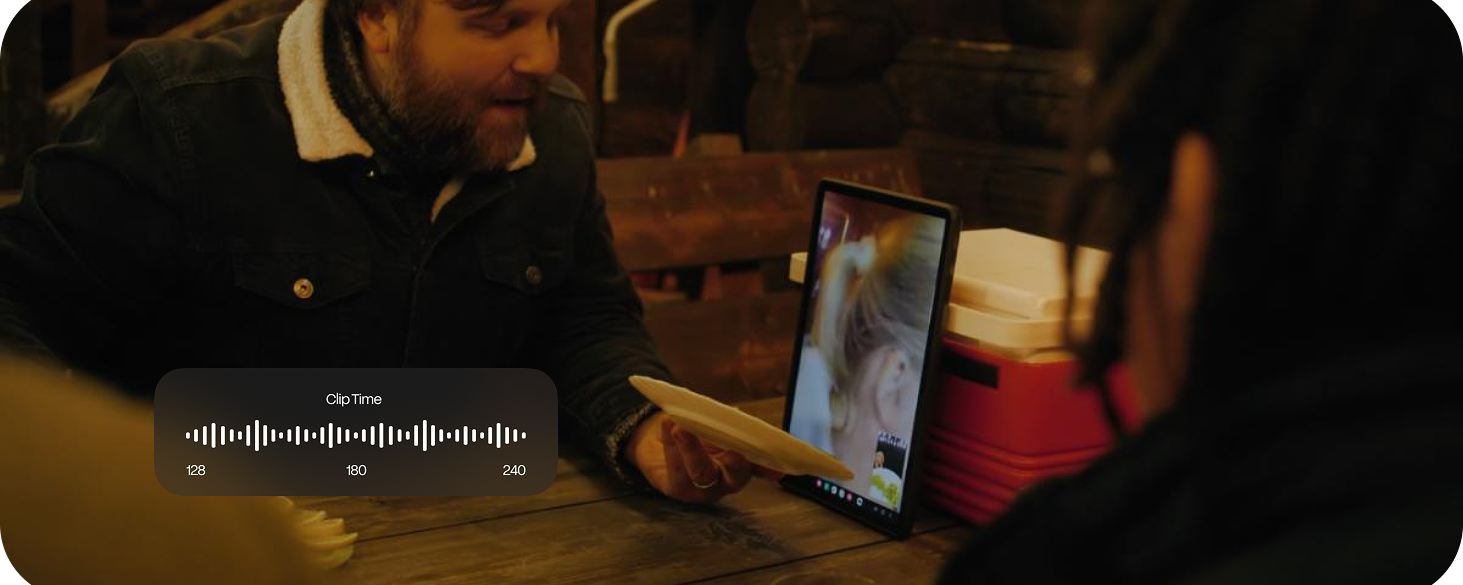How to Send a Zoom Recording via Email: A Step-by-Step Guide

In today's digital era, virtual meetings and webinars have become an integral part of our daily lives, facilitating seamless communication and collaboration. Zoom, a leading video conferencing platform, has played a pivotal role in connecting people across the globe through its user-friendly interface and robust features. Among the many functionalities Zoom offers, the ability to record meetings and webinars stands out as a valuable tool for capturing essential discussions and presentations.
Once you have recorded a Zoom session, whether it's a brainstorming session, a client presentation, or a team training, you may wish to share the recording with others for review or reference. Email remains a popular and convenient way to distribute content, making it an ideal method to share Zoom recordings with colleagues, team members, or stakeholders.
In this comprehensive guide, we will walk you through the step-by-step process of sending a Zoom recording via email. Whether you are new to Zoom or an experienced user, this article will provide you with the necessary know-how to share your recorded meetings and webinars effortlessly. By following our guidelines and best practices, you can ensure that your valuable content reaches the intended recipients securely and efficiently.
Understanding the significance of Zoom recordings and how they can enhance virtual collaboration is essential for harnessing the full potential of this powerful platform. So, let's dive in and discover the art of sending Zoom recordings via email, empowering you to optimize your virtual communication and knowledge-sharing endeavors.

Understanding Zoom Recordings
Before we delve into the process of sending Zoom recordings via email, let's take a moment to understand what Zoom recordings are and how they can be beneficial. Zoom recordings are audio and video files that capture the content of your virtual meetings or webinars. When you record a Zoom session, the platform generates a file in MP4 format, which includes both the video feed and audio content of the meeting.
These recordings serve as valuable resources, enabling participants to review key information, recap important points, or share the content with others who may have missed the live session. Additionally, Zoom recordings can be used for training purposes, internal communications, or archiving important discussions.
Step-by-Step Guide to Sending a Zoom Recording via Email
Sending a Zoom recording via email is a straightforward process, and we have outlined a step-by-step guide to help you accomplish this task:
Record the Zoom Meeting: Before you can send a Zoom recording via email, you need to create the recording of the meeting or webinar. To do this, open the Zoom app or web client and start the meeting. Once the meeting is in progress, click on the "Record" button located at the bottom toolbar. Choose whether to record to the cloud or your local device. Zoom will then begin recording the session.
End the Meeting and Save the Recording: Once the meeting is concluded, click on the "End Meeting" button. Zoom will automatically stop the recording and save the file to your chosen location, either on the cloud or your local device.
Locate the Zoom Recording: Next, locate the saved Zoom recording on your device. If you recorded the meeting to the cloud, you can find the recording in the "Cloud Recordings" section of your Zoom account. If you saved the recording locally, navigate to the designated folder on your computer.
Compress the Recording (Optional): Depending on the length of the recording and your email provider's attachment size limit, you may need to compress the Zoom recording before sending it via email. There are various compression tools available online that can reduce the file size without compromising the quality significantly.
Compose the Email: Open your preferred email client and compose a new email. Add the recipient's email address in the "To" field, a relevant subject line, and any necessary text in the body of the email.
Attach the Zoom Recording: Click on the "Attach" button in your email client, and navigate to the location where the Zoom recording is saved. Select the recording file and attach it to the email.
Send the Email: Double-check the recipient's email address and the attached Zoom recording. Once you are satisfied, click on the "Send" button to deliver the email and share the Zoom recording.
Best Practices for Sharing Zoom Recordings via Email
To ensure a smooth and efficient process when sharing Zoom recordings via email, consider the following best practices:
Choose the Appropriate Recording Format: Zoom offers two recording options - cloud recording and local recording. Choose the option that best suits your needs, taking into account storage space and accessibility requirements.
Confirm Recording Permissions: If you are sharing a Zoom recording with external parties, ensure you have the necessary permissions from all participants to share the content.
Compress Large Files: If the Zoom recording is large, consider compressing it before sending to avoid email attachment size limitations and ensure faster delivery.
Provide Context in the Email: When sending the Zoom recording, provide context in the email by including a brief summary of the content or any relevant links or documents.
Consider Using File-Sharing Services: If the Zoom recording exceeds email attachment size limits, consider using file-sharing services like Google Drive, Dropbox, or Panopto to share the recording with a link.
Enhancing Zoom Recording Accessibility with HappyScribe
To make your Zoom recordings even more accessible and inclusive, consider utilizing HappyScribe's transcription and captioning services. HappyScribe can accurately transcribe the audio content of your Zoom recordings, converting it into searchable text. This feature is invaluable for individuals with hearing impairments or those who prefer to read the content rather than watch the video.
Moreover, HappyScribe's captioning services provide synchronized captions for the Zoom recording, making it easier for attendees to follow along with the presentation. By integrating HappyScribe into your Zoom recordings, you ensure that your content reaches a broader audience, including non-native language speakers and individuals in noisy environments who may have difficulty hearing the audio.
Zoom out of your Outbox
Sending a Zoom recording via email is a simple and effective way to share valuable content with colleagues, clients, or team members. By following the step-by-step guide and implementing best practices, you can easily attach and deliver the recording to your recipients. To further enhance the accessibility of your Zoom recordings, consider leveraging HappyScribe's transcription and captioning services, ensuring that your content is inclusive and accessible to all viewers. With these tools and strategies, you can make the most of your Zoom recordings and enrich the virtual communication experience for your audience.

André Bastié
Hello! I'm André Bastié, the passionate CEO of HappyScribe, a leading transcription service provider that has revolutionized the way people access and interact with audio and video content. My commitment to developing innovative technology and user-friendly solutions has made HappyScribe a trusted partner for transcription and subtitling needs.
With extensive experience in the field, I've dedicated myself to creating a platform that is accurate, efficient, and accessible for a wide range of users. By incorporating artificial intelligence and natural language processing, I've developed a platform that delivers exceptional transcription accuracy while remaining cost-effective and time-efficient.